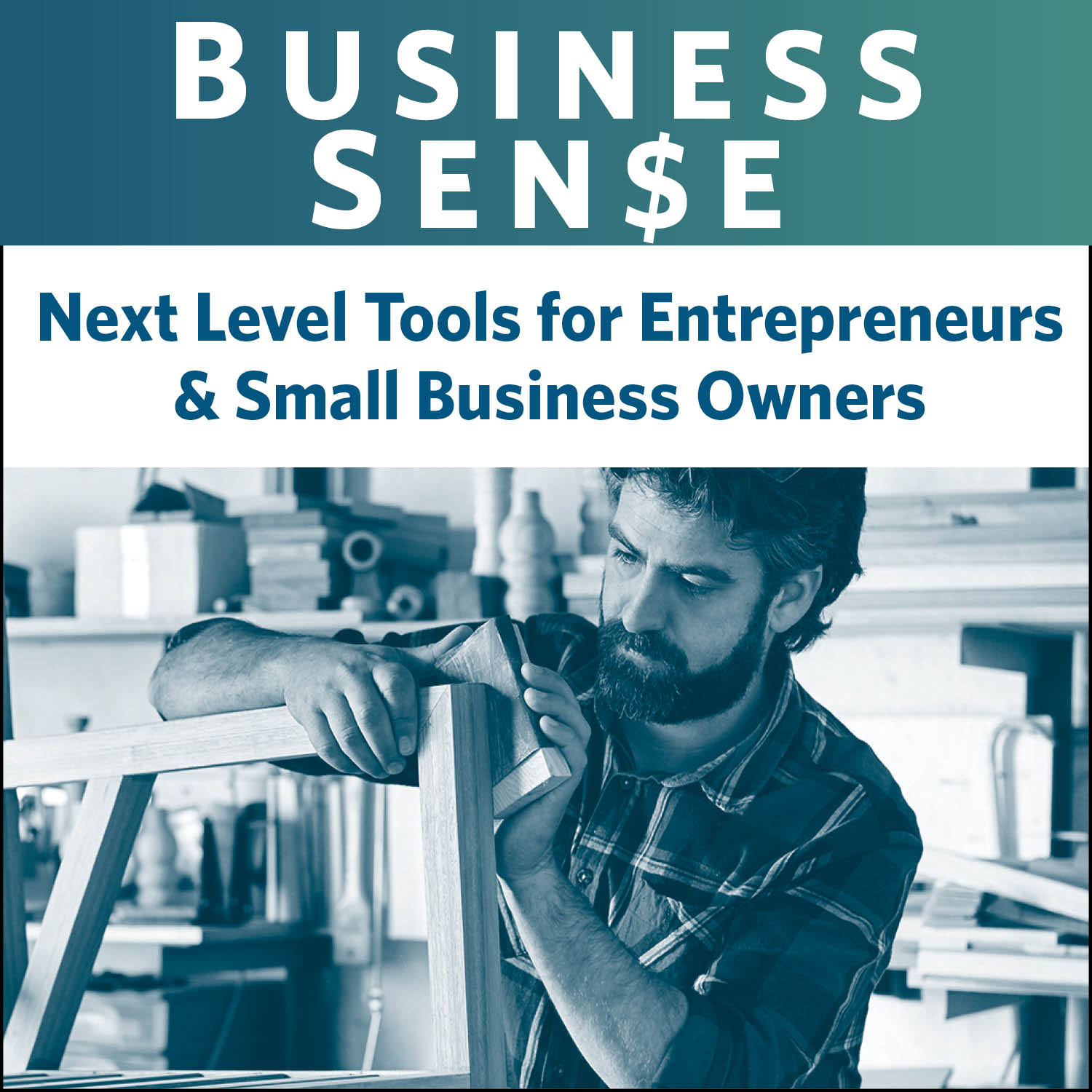
Building Excitement for Our Green Economy Cluster
Posted April 18, 2016 / Adam Grinold, BDCC Executive Director and Frank Knott, ViTAL Economy Consultant
At the BDCC, we host the Green Economy Innovation Hub (GEIH) We have been engaged in a process of discovery about the strengths and opportunities in our region to better coordinate activities to grow a sustainable economy which aligns with who we are, our sense of place. The work of the GEIH is now hitting a “rubber meets the road” phase, which is nothing short of inspiring and exciting! We are now matching assets against demand in order to define macro versus micro levels of opportunity within each of our action teams: F.I.R.E (Finance, Insurance, Real Estate), Products & Services,International Markets, and Knowledge Center.
The BuildingGreen research team will support each action team using the market data that has been assembled for each of their areas to generally quantify the approximate size of the opportunity for each niche market area being recommended. We will begin to paint the picture of what the size of these opportunities are shaping up to be.
As an example, in working with Dan Yates from Brattleboro Savings & Loan of the F.I.R.E team, we were able to isolate in on a DOE 2013 report showing the annual energy related retrofit market was $39 billion. If all the finance team did to size the opportunity for a Green Economy Energy Rent Fund, was to assume a 1% Macro level opportunity, it would be $390 million per year in 2013. For each niche market proposition being proposed there should be an associated Macro level opportunity value. In Milestone #3, which is from May-July we will hone in on specific micro level targeting of business opportunities within the Macro level revenue opportunity proposed.
Currently, we are further diving into national data to help us see the broader picture of our opportunities, assets, and challenges, looking at data from the Bureau of Labor Statistics GGS survey with NAICS code breakdowns. Looking at this will allow our team to provide the action teams with a general understanding of how the chosen niche markets translate into job expansion in existing companies and job creation in new firms to be created within each niche market. It also validates the achievable nature of our initial goal projection for an additional 2,200 jobs. In many cases the average wages today of these jobs exceeds our increased average wage SMART goals.
Now is a time of beginning to connect the dots of what we have and what we could robustly grow into the fabric of our regional economy. It is really important that we connect the asset leverage, so the region can begin to visualize that they can actually benefit and grow by going after these niche markets based on what the region says makes us unique. It is also critical that we communicate these opportunities as regional in nature. They are only as possible as we are forecasting because we are connecting assets across the region in ways never considered before. In many cases we didn’t even know some of these assets existed because we were only focusing on what we could see around us not what was beyond us and across a geographic boundary we never considered could be crossed.
We now have enough confirmation from national experts in Green Economy efforts that the GEIH is unique and on the right track to make a real difference. The region needs to know that they have the opportunity to be part of a bold transformation of this regional economy that is grounded in tested reality. We need to be as bold as the opportunity that is before the region.
These national as well as state level resources are confirming that the GEIH Community Scale strategic focus is really needed and has been missing in every other initiative in the U.S., which have principally been based on large commercial, industrial and multifamily opportunities in urban centers.
These sources have also confirmed that the GEIH four pillar focus on Knowledge Center, FIRE, Product & Services and International is the most comprehensive, integrated and coherent strategy they have seen to date. They are particularly intrigued with the GEIH focus on deploying a community scale focused knowledge center on the development and exchange and connection of building science with building craft to create a more qualified professional and craft talent workforce that can invent, develop and implement community scale solutions for national and international communities.
National agency leaders responsible for climate preparedness, and sustainable community strategies see the GEIH community scale as a significant opportunity to address risk mitigation, clean energy, resilient and sustainable community and high performance built environment investments in the majority of municipalities and counties of the U.S. at a scale that is manageable and affordable. It could significantly advance the rationale for investments in risk mitigation and reduce the need for after the fact spending of $60-$80 billion per year in disaster recovery.
BREAKING DOWN ‘ABCD Counties’
A counties are classified as any county located in the 25 largest U.S. metropolitan areas, which will be the highest density. B counties are considered any county that is not an A county and has a population exceeding 150,000 or is part of a metropolitan area with a population over 150,000. C counties are seen as any county that is not classified as an A or B county, and has a population between 40,000 and 150,000. D counties are any county that not classified as an A, B or C county. There are 3,142 counties or equivalent administrative jurisdictions including Washington DC in the U.S. Half of the U.S. population lives in 146 of these counties. The need for community scale approaches is significant.

